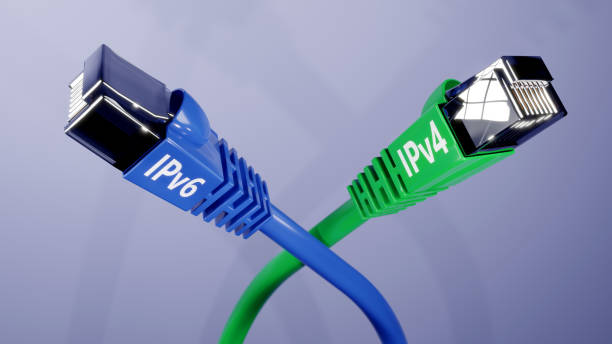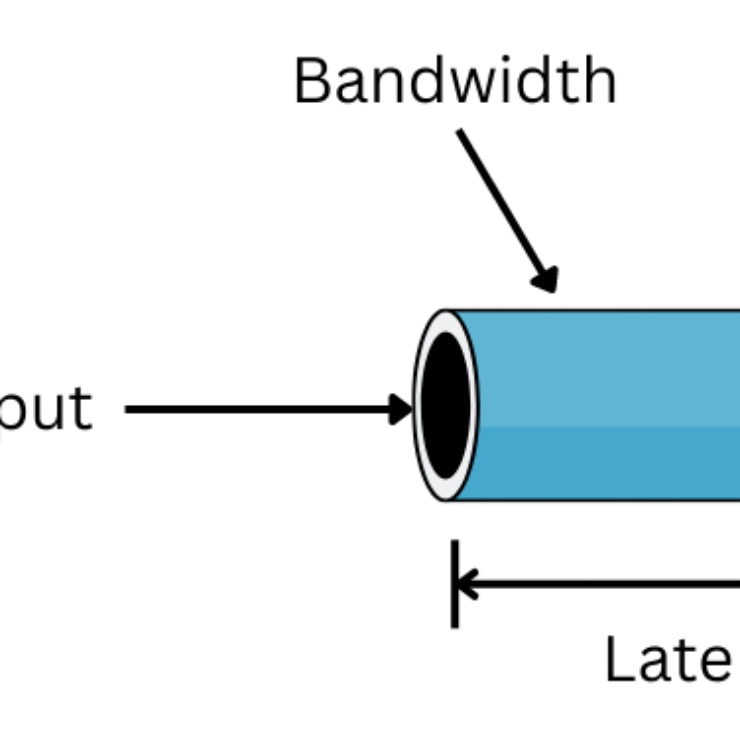Introduction
IP (Internet Protocol) addressing is a fundamental aspect of networking that enables devices to communicate over the internet and private networks. Every device connected to a network requires a unique identifier, known as an IP address, to send and receive data. This article explores the essentials of IP addressing, including IPv4, IPv6, and subnetting.
What is an IP Address?
An IP address is a numerical label assigned to a device connected to a network that uses the Internet Protocol for communication. It serves two primary purposes:
- Identification: Helps identify the host or device.
- Location: Determines the device’s location within a network.
IP addresses come in two main versions: IPv4 and IPv6.
IPv4: The Foundation of Internet Communication
IPv4 (Internet Protocol version 4) is the most widely used IP version. It consists of a 32-bit address, typically represented in dotted decimal format (e.g., 192.168.1.1).

Key Features of IPv4:
- 32-bit address, allowing approximately 4.3 billion unique addresses.
- Uses four octets (each ranging from 0 to 255).
- Classes (A, B, C, D, and E) were initially used for different network sizes.
- Supports NAT (Network Address Translation) to extend address usability.
- Can be static (manually assigned) or dynamic (assigned via DHCP).
IPv4 Address Classes:
| Class | Starting Address | Ending Address | Usage |
|---|---|---|---|
| A | 1.0.0.0 | 126.255.255.255 | Large networks |
| B | 128.0.0.0 | 191.255.255.255 | Medium networks |
| C | 192.0.0.0 | 223.255.255.255 | Small networks |
| D | 224.0.0.0 | 239.255.255.255 | Multicast |
| E | 240.0.0.0 | 255.255.255.255 | Experimental |
IPv6: The Future of IP Addressing
IPv6 (Internet Protocol version 6) was introduced to overcome the limitations of IPv4. It uses a 128-bit address format, allowing for an almost infinite number of unique addresses.

Key Features of IPv6:
- 128-bit address space, supporting 340 undecillion addresses.
- Written in hexadecimal format (e.g., 2001:0db8:85a3:0000:0000:8a2e:0370:7334).
- No need for NAT as every device can have a unique IP.
- Enhanced security with built-in IPsec (Internet Protocol Security).
- Supports auto-configuration and improved multicast communication.
IPv6 Address Classes:
| Address Type | Description |
| Unicast | Identifies a single interface for one-to-one communication. |
| Multicast | Used for one-to-many communication; replaces IPv4 broadcast. |
| Anycast | Identifies multiple interfaces but routes to the nearest one. |
| Link-Local | Assigned automatically to an interface for local communication. |
| Global Unicast | Unique addresses that can be routed across the internet. |
| Unique Local | Private IPv6 addresses similar to IPv4 private addresses. |
IPv4 vs IPv6 Comparison:
| Feature | IPv4 | IPv6 |
| Address Length | 32-bit | 128-bit |
| Address Format | Decimal (e.g., 192.168.1.1) | Hexadecimal (e.g., 2001:db8::1) |
| Number of Addresses | ~4.3 billion | ~340 undecillion |
| NAT Required | Yes | No |
| Security | Optional (IPsec) | Mandatory (IPsec) |
| Auto-Configuration | Limited | Extensive |
Understanding Subnetting
Subnetting is a technique used to divide a large IP network into smaller, more manageable sub-networks (subnets). It helps optimize IP address allocation, improve security, and enhance network efficiency.
How Subnetting Works:
Subnetting involves borrowing bits from the host portion of an IP address to create additional network segments. This is determined by the Subnet Mask.
Example:
- IP Address: 192.168.1.0/24
- Subnet Mask: 255.255.255.0
- Subnetting this into two:
- 192.168.1.0/25 (First subnet, 126 usable hosts)
- 192.168.1.128/25 (Second subnet, 126 usable hosts)
Benefits of Subnetting:
- Efficient IP Address Usage – Prevents wastage of IPs.
- Improved Network Security – Segregates networks for security.
- Better Network Performance – Reduces congestion and optimizes routing.
CIDR (Classless Inter-Domain Routing):
CIDR is a flexible method for IP address allocation that replaces the traditional class-based approach. It is represented with a slash notation (e.g., /24), defining how many bits are used for the network portion.
| CIDR Notation | Subnet Mask | Usable Hosts |
| /24 | 255.255.255.0 | 254 |
| /25 | 255.255.255.128 | 126 |
| /26 | 255.255.255.192 | 62 |
| /27 | 255.255.255.224 | 30 |
Understanding IP addressing, IPv4, IPv6, and subnetting is crucial for anyone involved in networking. While IPv4 remains widely used, IPv6 adoption is growing due to its superior scalability and security features. Subnetting plays a vital role in optimizing network performance and security. Mastering these concepts helps network administrators efficiently manage IP resources and ensure seamless connectivity.





I’m really impressed along with your writing
skills and also with the structure in your blog.
Is this a paid theme or did you customize
it yourself? Anyway keep up the nice quality writing, it’s
rare to peer a great weblog like this one these days.
TikTok ManyChat!
Thanks for commenting. Keep in touch with us.
I am really inspired together with your writing talents and also with the structure to your weblog. Is that this a paid topic or did you modify it yourself? Either way stay up the excellent high quality writing, it’s rare to look a great blog like this one nowadays!
Thank you. Please keep in touch with us.